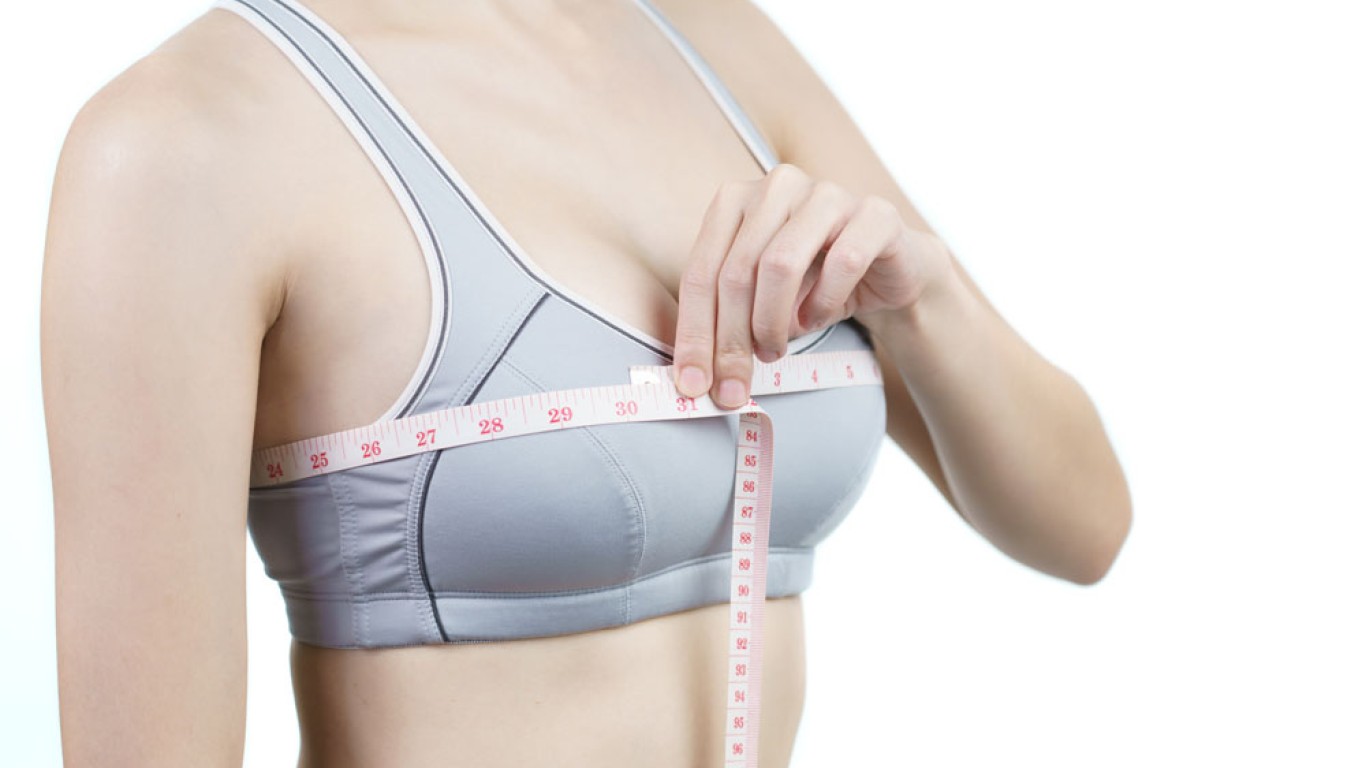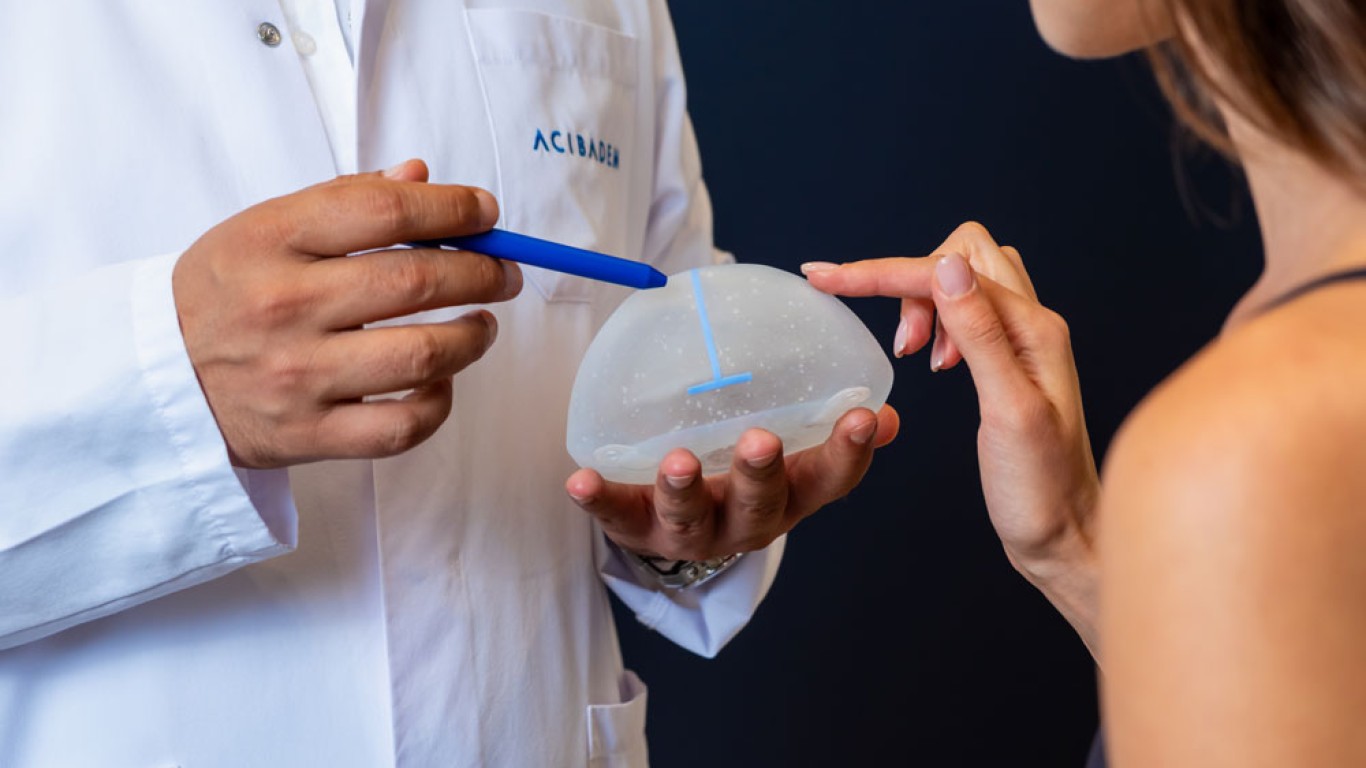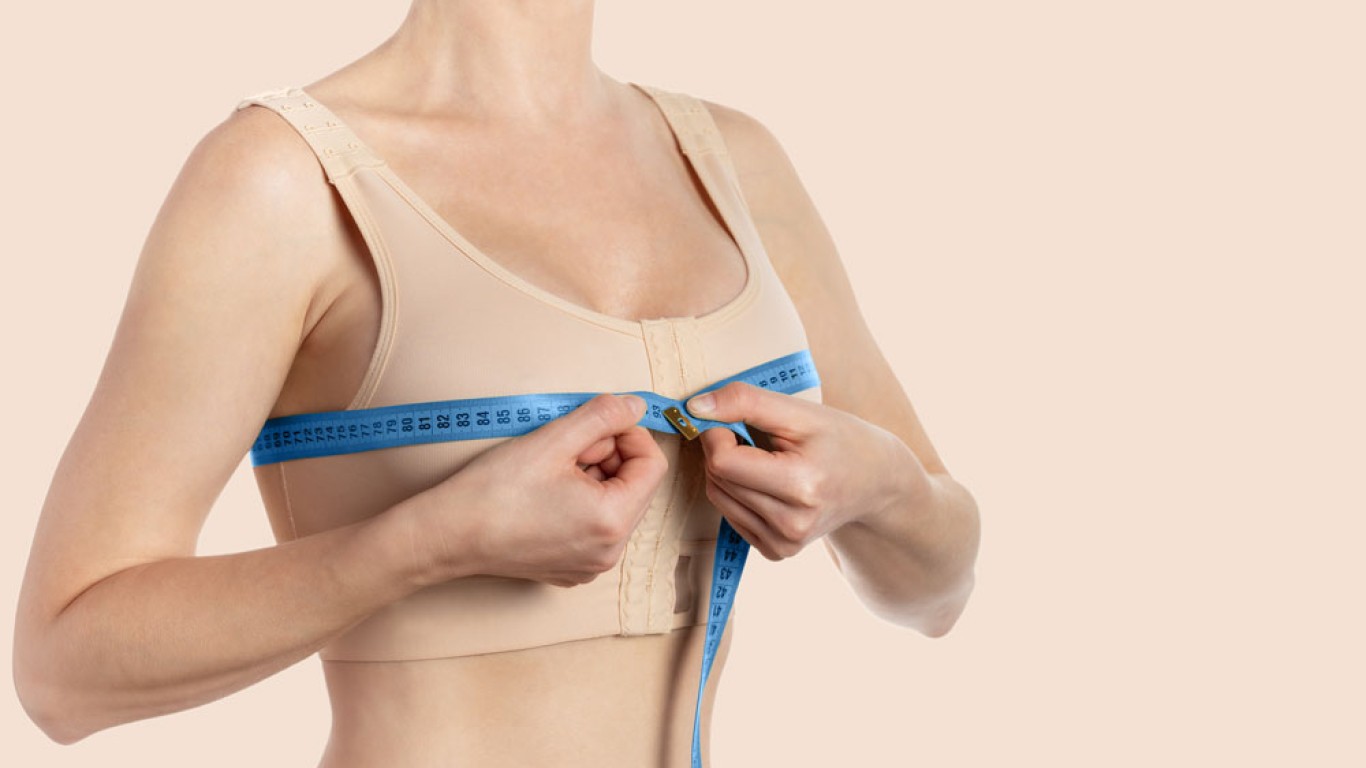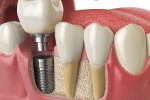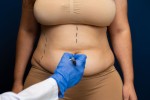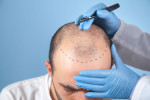Introduction: Why Breast Anatomy Matters
Every successful breast surgery begins with an understanding of breast anatomy. Surgeons rely on it to shape, balance, and enhance results that look natural. Without this knowledge, outcomes risk appearing artificial.
Patients often focus on size or shape, but underlying anatomy determines what is achievable. Exploring breast anatomy helps explain how surgery achieves harmony rather than exaggeration.
Layers of Breast Anatomy
Breast anatomy is complex. Each layer contributes to form, function, and surgical outcomes.
- Skin: The outer layer provides coverage, elasticity, and tone.
- Fatty tissue: This layer defines softness and overall breast volume.
- Glandular tissue: Responsible for milk production, also influencing firmness.
- Cooper’s ligaments: Support structures maintaining lift and shape.
- Muscle and chest wall: The pectoral muscle underlies the breast, critical for implant placement.
Understanding how these layers interact is essential for achieving natural results.
Breast Anatomy: The Role of Breast Shape and Proportion
Breasts are not uniform. Shape, projection, and natural asymmetry vary between individuals. Some breasts sit higher, others are wider or rounder.
Surgeons analyse breast anatomy alongside torso proportions to design enhancements. The aim is balance, not simply enlargement. This ensures natural-looking results that complement the entire body.
Breast Anatomy: Skin Quality and Elasticity
Skin elasticity plays a major role in breast surgery. Firm, resilient skin adapts more easily to reshaping. In contrast, stretched or thin skin requires more careful planning.
Surgeons assess whether implants, lifts, or reductions will provide the best outcome. Skin quality influences not only appearance but also long-term stability.
The Importance of the Nipple Areola Complex within Breast Anatomy
The nipple areola complex is central to breast anatomy. Its position, size, and symmetry affect overall aesthetics.
During surgery, surgeons adjust placement to maintain natural alignment. Whether reducing or lifting, the goal is proportional harmony. This delicate attention to detail helps results appear authentic and balanced.
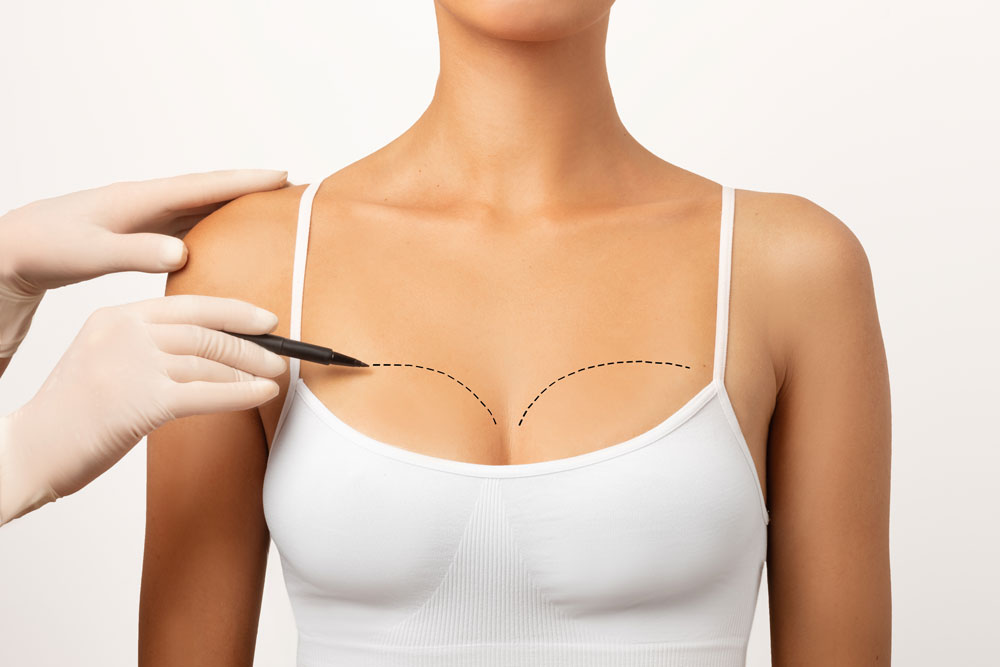
Internal Support Structures within Breast Anatomy
Cooper’s ligaments and connective tissue give breasts their internal framework. These structures determine natural firmness.
In surgery, understanding ligament integrity helps surgeons decide how much support is needed. When ligaments weaken, procedures such as lifts restore contour. Knowledge of these structures ensures results that last as well as look natural.
Fatty Tissue Distribution
Breast fullness depends heavily on fatty tissue distribution. Some patients have more tissue in the upper breast, while others carry fullness lower.
This distribution influences both augmentation and reduction strategies. Implants or fat grafts are positioned to restore balance. Recognising natural fat patterns allows subtle enhancements that align with anatomy.
Breast Anatomy: Muscle and Implant Placement
The pectoral muscle underlies breast anatomy and guides implant positioning. Implants may be placed above or beneath the muscle.
Submuscular placement often creates more natural contours, particularly for patients with limited tissue. Subglandular placement can be effective when more natural volume exists.
These decisions stem directly from anatomical assessment, ensuring results feel as real as they look.
Symmetry and Natural Variation
Most people have some degree of asymmetry. One breast may sit higher or project differently.
Surgeons use knowledge of breast anatomy to address these variations. Techniques may include adjusting implant size, reshaping tissue, or repositioning the nipple areola complex.
Instead of aiming for identical breasts, the goal is harmonious symmetry suited to the individual.
Conclusion
Understanding breast anatomy is essential for natural surgery results. Each layer of skin, tissue, ligaments, and muscle guides surgeons in designing enhancements.
From nipple placement to implant positioning, anatomy ensures results complement the body’s natural balance.
For more information and to book a consultation visit the ACIBADEM Beauty Center breast augmentation webpage.
Frequently Asked Questions
It refers to the skin, tissue, ligaments, and muscle that shape the breast.
It guides surgeons in creating natural, proportional, and long-lasting results.
No, natural asymmetry is common, and surgery often corrects this subtly.
Elastic skin adapts better, while stretched skin may need lifts or support.
Augmentations, lifts, and reductions all rely on anatomy for natural results.

